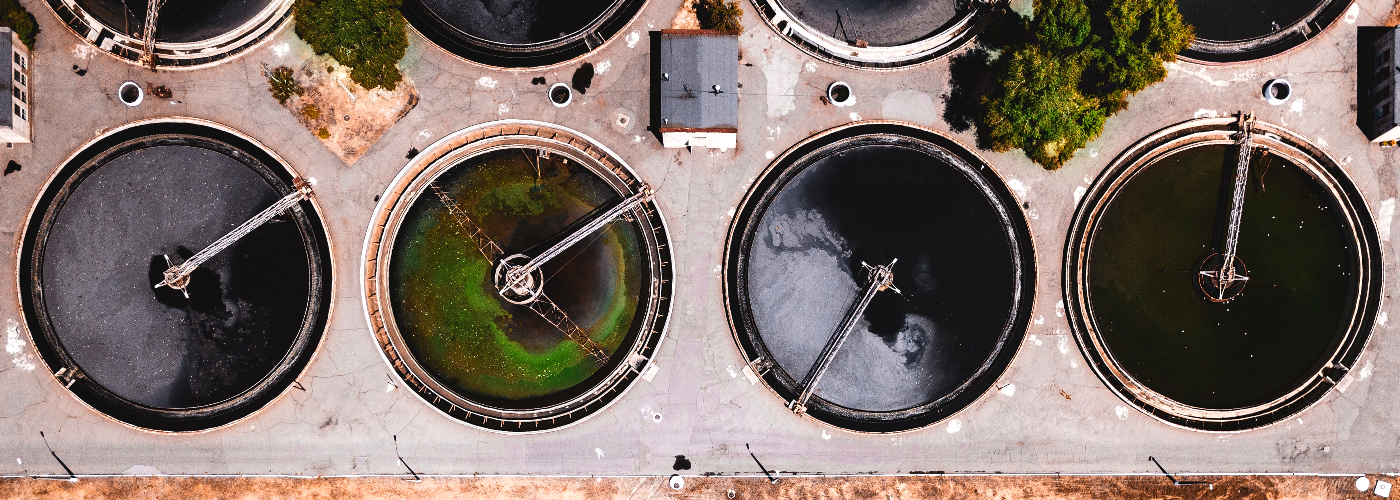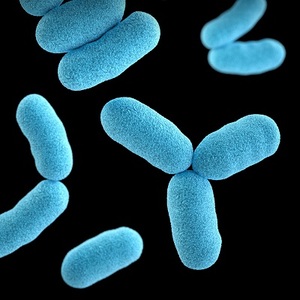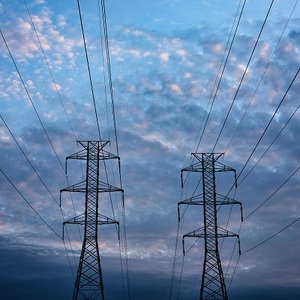

“Waste not, want not” is always good advice to follow, but also an apt description of a 2021 breakthrough in wastewater treatment developed by Dr. Zhen He of Washington University in St. Louis, MO. In this system, it’s not just the water that is recovered through this new treatment process, but also the organic material gets repurposed as fuel to generate electricity.
In many wastewater treatment systems, bacteria are used to consume or digest the organic material contained in the wastewater. If this process is carried out anaerobically (in the absence of oxygen) then the bacteria will produce biogas, which is already used to generate heat and power in many wastewater treatment facilities.
The difference with the process developed by Dr. He is that the filtering of the water and the generation of electricity are combined into one system. This system uses a type of fuel cell, called a microbial fuel cell, which can be thought of as like a bacterial battery which uses special bacteria that release electrons after they consume the organic material in the wastewater. These bacteria are applied to the anode electrode of the fuel cell and release these electrons as an electric current.
This fuel cell system takes it one step further by making this bacteria-lined anode a permeable membrane made out of a conductive carbon cloth. This membrane acts to filter 80-90% of the organic matter from the wastewater at the same time that the bacteria are doing their electricity generation.
The future aim of this technology will be to significantly reduce the energy consumption of wastewater treatment plants, which right now consume 3-5% of the electricity in the U.S. The water that is treated with this process can be used for non-potable uses such as irrigation, or for toilet flushing.

